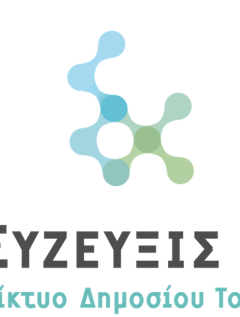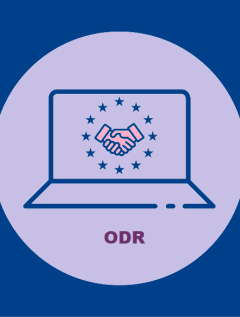A Digital Single Market for Europe: Commission sets out 16 initiatives to make it happen
The Internet and digital technologies are transforming our world – in every walk of life and in every line of business. Europe must embrace the digital revolution and open up digital opportunities for people and businesses. How? By using the power of the EU’s Single Market. Today, the European Commission unveiled its detailed plans to create a Digital Single Market thereby delivering on one of its top priorities.
At present, barriers online mean citizens miss out on goods and services: only 15% shop online from another EU country; Internet companies and start-ups cannot take full advantage of growth opportunities online: only 7% of SMEs sell cross-border (see Factsheet for more figures). Finally, businesses and governments are not fully benefitting from digital tools. The aim of the Digital Single Market is to tear down regulatory walls and finally move from 28 national markets to a single one. A fully functional Digital Single Market could contribute €415 billion per year to our economy and create hundreds of thousands of new jobs.
The Digital Single Market Strategy adopted today includes a set of targeted actions to be delivered by the end of next year. It is built on three pillars:
Pillar I: Better access for consumers and businesses to digital goods and services across Europe
Pillar II: Creating the right conditions and a level playing field for digital networks and innovative services to flourish
Pillar III: Maximising the growth potential of the digital economy






